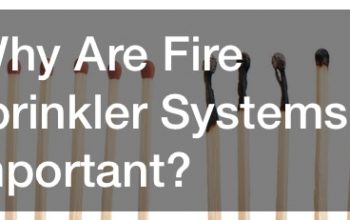The Popularity of Text Messaging in Healthcare


Health 2.0 has arrived, using mobile tools and software to allow patients, providers and other parties to easily share information. This includes text messaging in healthcare, which is on the rise. And while HIPAA’s Title 11 requires that national standards be set up for any electronic transaction involving health care, medical text messaging has still grown. Luckily too, HIPAA compliant messaging is just as simple to do.
Medicaid is one area of healthcare that benefits greatly from text messaging in healthcare. There are more cost efficient tools being utilized today, allowing patients to easily fill out forms electronically and then allowing for automatic delivery of those documents to the appropriate health care practitioners. Through healthcare apps, these forms are easily downloaded, filled out and sent where they need to go.
Of course, text messaging in healthcare does not come without its fair share of concerns for healthcare providers. This is particularly true with bring your own device policies that medical facilities have. They must plan carefully to be able to comply with these mobile health requirements and these Hipaa messaging requirements too. If a device becomes lost or gets stolen, if it is improperly disposed of, or if information is intercepted by someone who is unauthorized to see it, then information is compromised. So healthcare providers must carefully select the text messaging in healthcare programs that have encryption, that are safe and that have been on the market long enough to be proven to work in these environments.
